Podcast: Play in new window | Download
Subscribe: Apple Podcasts | RSS
Bill Hanks is a former engineer who left his career three years ago to open Cryo Recovery in Houston, TX. After suffering from a workout injury that refused to heal, Bill turned to cryotherapy and immediately felt the benefits. Before cryotherapy, the options presented to him were limited to surgery, injections or long-term anti-inflammatory medications. Within just a couple of cryotherapy sessions, he realized the possibilities. His own personal experience motivated him to provide those in his own community access to drug-free healing opportunities.
Bill Hanks and his wife now own and operate their clinic, which offers more than just cryotherapy. They’re both passionate about helping others recover and improve their well-being, whether it’s working with athletes or with individuals who have chronic illnesses that can benefit from mitochondrial support.
Listen in to learn more about what cryotherapy is, how it’s used and who is using it. Hint: It’s not just athletes. And it’s becoming more affordable. Heads Up will soon be releasing a tracking feature for cryotherapy so you can see how your cryotherapy sessions affect your HRV, inflammation markers like Hs-CRP, deep sleep and more.
Check out Cryo Recovery when you’re in the Houston area, and make sure to follow Bill Hanks on social media: @billhanks and @cryorecovery on Instagram, Cryo Recovery on Facebook.
This podcast is brought to you by Heads Up, a web app designed to help you centrally track all of your vital health data. Instantly synchronize your medical records, connect your favorite health devices and apps and use your data to optimize your health!
Click on the button below to start your free 30-day trial. Or, read on for more information about our latest podcast episode!
[maxbutton id=”5″ url=”https://headsuphealth.com/” ]
In this podcast you’ll learn:
- Bill Hank’s story with tendonitis from Crossfit not being helped with traditional therapies. After deciding against surgery and cortisone shots, he began to research alternative therapies [2:00]
- About cryotherapy as an alternative to anti-inflammatories [6:35]
- How repetition and consistency with cryotherapy is where you see the real benefits, and what that means [7:45]
- How tracking health while using cryotherapy can help with recovery. Why tracking can help quantify just how much it’s supporting your health [9:00]
- What is cryotherapy, and how it’s different from a cold bath [11:45]
- The Hunting [response] effect and how it’s replicated in cryotherapy, boosting norepinephrine which helps with focus, clarity, and mood and prevents TNF alpha which can be measured in a C-Reactive Protein test [12:55]
- Bill Hanks had a client whose RA marker disappeared on testing after a couple of months of cryotherapy [16:30]
- How cryotherapy is good for reducing inflammation and reduces the effects of aging [17:10]
- Cryotherapy upregulates the PGC-1 alpha gene, which creates mitochondria biogenesis, which activates more energy – useful for high-performance athletes [17:20]
- Why high-performance athletes get double the benefits by upregulating energy and also improving their recovery from cryotherapy [17:55]
- How overtraining and injury prevention is supported by keeping inflammation low and recovering well with cryotherapy [18:10]
- What metrics could be tracked with cryotherapy
- Hs-CRP
- HRV
- Inflammatory markers
- How cryotherapy can be useful for chronic health issues as well as high-performance training [20:50]
- About the air temperature in the cryotherapy tank and the differences in the types of chambers. And how they can have different therapeutic effects as well as why monitoring skin temperature is most important [21:04]
- Why Cryo Recovery uses electric instead of nitrogen-cooled tanks and why you should ask about the method used at your center of choice [23:25]
- Why a skin temp to drop about 30 degrees is important and why where you measure skin temperature matters [24:15]
- The differences between men and women’s body temperature variances [25:15]
- Some of the best practices for anyone looking to start adding this practice to their health or training protocol [26:15]
- Some top questions for individuals to ask before shelling out money on this treatment (e.g., Is there privacy? What’s the long term plan? What kind of cost savings are available? What is the environment?) [28:25]
- What biohacking health-tracking can be correlated to recovery with cryotherapy? [32:45]
- Increase in deep sleep
- Increase HRV the day after
- Lowered heart rate over time
- Balancing of the nervous system creating more resilience
- Heads Up will be rolling out a tracking metric for cryotherapy [38:20]
- Weighing the cost of cryotherapy now vs. long term inflammation and the costs associated with that vs. cold plunges [38:40]
- If you have a less than optimal experience, try another center as they are all run independently and have their own styles of operation [39:50]
References
Cryotherapy study of athletes and sleep and hormone balance
About Heads Up
Heads Up is a website designed to empower individuals who want to take a self-directed approach to managing their health. Instantly centralize your medical records, connect your favorite devices and apps (e.g., Oura, MyFitnessPal, Keto-Mojo, FitBit, Apple Health, MyMacros+, Withings and many more) and use your data to optimize your health.
Click on the button below to start your free 30-day trial now!
[maxbutton id=”4″ url=”https://headsuphealth.com/” ]
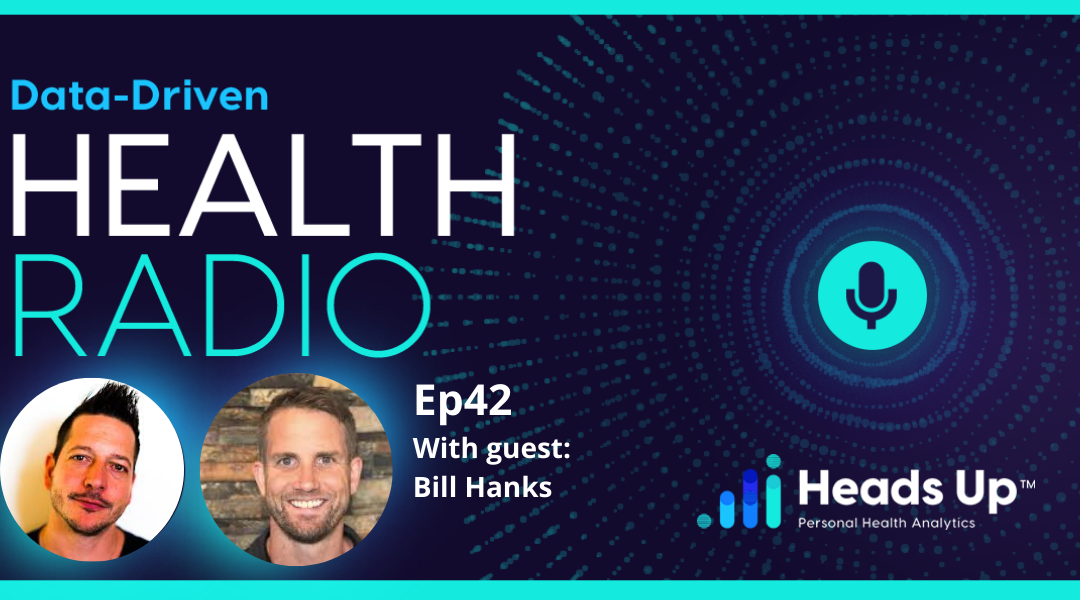
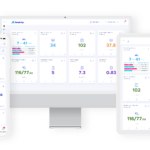

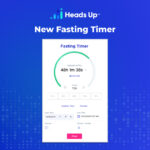

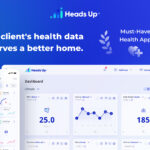
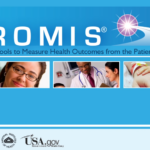
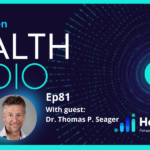
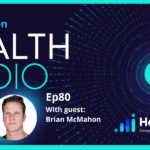
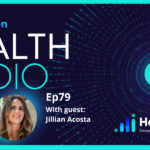
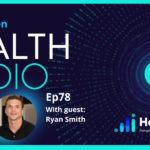
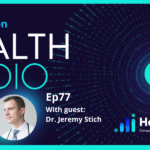
Fantastic information!